Coronavirus – The New Normal & How To Work With It – Just Tell Me How This Ends
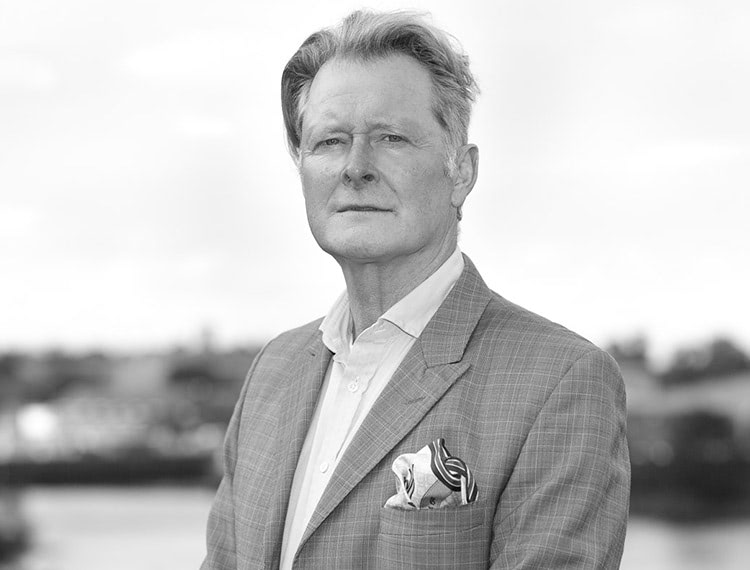
An Existential Challenge
Right now, leadership looks and feels vastly different than it did just a few weeks ago – So, welcome to the new normal and the challenges this presents.
“The difficulty lies not in the new, but in escaping the old”, wrote John Maynard Keynes.
With so much uncertain though, we don’t have the luxury to choose. We must be resolute, ready to act on that resolve and respond to the challenges with courage and imagination.
There is very little about COVID_19 that we get to control but we do get to control our response to the aftermath.
One thing we can’t do as a leader though, even with the magnitude of events being hard for many to comprehend, is cede to the temptation to try and answer the calls for certainty when everything is so uncertain.
We can’t tell those we lead how it will end, or even how long it will take, because we just don’t know.
But we can be ready to lead through and beyond this current crisis, recognising it as our opportunity to build back better and have the courage to challenge the unchallengeable.
The Reality of Leadership
Even before COVID_19 leaders were hard pressed for time.
And being strategic was rated the most important leadership behaviour by 97% of respondents to a Harvard Business review survey.
However, 96% who responded to a complementary survey by the ‘Strategic Thinking Institute’ felt they lacked the time for strategic thinking.
Plus ca change?
As leaders in the new normal we have got to be Pablo Picasso’s genius and steal back time!
Over the past few weeks there has not been just a mood-swing, there has been a fundamental shift in thinking from a ‘Just in time’ mentality to ‘Just in case’.
As I said in my previous article in this short series, resilience is now the priority, rather than the relentless quest for ever-greater efficiency.
And leadership now more than ever demands vision, anticipation, agility, quick pivots, difficult decisions, and the ability to ask openly for advice and support.
We must however avoid getting swept-up in the tide of expectation and being bent out of shape by the paradox that has always been at the heart of leadership – The pressure to be seen to do something, even if we don’t know what that something is.
And along with time, we must take care of ourselves and create the space for our leadership – to reflect upon and shape our response. To think, be and do different.
It is time for humility and leadership to go together.
To recognise and be honest about what we don’t or can’t know. To let this personal humility be the beating heart of our professional will.
To balance strength with gentleness, compassion with steel, and to enable ourselves and others let go of our ego and attachment to the way things used to be.
The Vision
In the second article in this short series I wrote of how important language was as part of the human condition, enabling us to describe, frame and understand what we experience and how we feel.
Ludwig Wittgenstein captured this so poignantly with the following words, “The limits of my language mean the limits of my world. The limits of my language stand for the limits of my world. The limits of my language are the limits of my mind. All I know is what I have words for”
The language we use, the questions we ask of ourselves and others, and the stories we create, co-create and tell, as a leader in the new normal now take on an even greater importance which we must recognise. Whilst remembering that the map is not the territory.
So, the language we choose to describe what is happening, must also bear witness to the creation of a vision that will realise what can now be different as we build back better.
To paraphrase Robert Browning, “What’s a heaven for if a person’s reach cannot exceed their grasp”, and our vision for leadership in the new normal must be for Conscious, Present and Intent-based leaders, acting with principle, discipline and heart.
Modelling the way for a workforce of Thinking Performers – The 20% – Those employees I described in the first article in this series, who are emotionally intelligent & self-aware, agile, adaptable, curious & collaborative, great connectors, communicators, innovators, and highly resilient.
And they don’t just move the boxes out of the way, they tell you where they’ve put them!
We’re In The Same Storm – We’re Not All In The Same Boat
Compassion and kindness can be found in the interstices of the relationships we have as a leader.
These can reach further than words or gestures, creating a kind of alchemy that fills the void created by uncertainty and joins the separate and broken pieces, because we recognise that we are all at different point on our journey & feelings of disbelief, surprise, frustration and depression will continue to drive behaviours as people experience them in unyielding waves and non-uniform ways.
And whilst we can’t tell others how it will end, as a leader we should be prepared to provide reassurance in simple and practical ways.
Able to look beyond our immediate self, provide human connection and act with a compassion and quiet resolve, that empowers the workforce and society to keep faith in the future and believe that things can be built back better.
It is a style of leadership that is at once vulnerable and assertive, empathetic and tough.
Softer skills perhaps? More feminised qualities, not uniquely so. But smart, Yes!
Break. Create. Transform – A Manifesto
To reimagine the future and avoid merely returning to the status quo, we must become more collaborative, compassionate and humane, more generous, even more democratic acting in a generous ecological way to address future problems.
And as a leader our duty must be both to those for whom we are responsible and to society more broadly.
So, what might a Leadership Manifesto contain. I think three simple principles:
1. This is not the time for looking at closed doors
Hellen Keller who was born without sight, speech or hearing said in her later years, “When one door closes another can open, but we look so long at the closed door that we do not see the one which has opened for us”
So, along with deliberate calm and bounded optimism, be a leader who acts with insight and an unbounded vision that provides outsight.
2. This is the time to be a Courageous and Decisive leader
Frederick Buechner, the writer, poet and theologian wrote, “Here is the world. Beautiful and terrible things will happen. Don’t be afraid”
To challenge the unchallengeable. Demonstrate an unwavering faith that you can and will prevail, whilst having the discipline to confront every fact. And build and maintain trust, knowing that it comes on foot but leaves on horseback.
Buechner also wrote, “Purpose is the place where your deep gladness meets the world’s needs”
3. Rest in reason, move with compassion
Be guided by the ‘Principal of Charity’, accepting the imperfect you and extending that kindness to others. Act with purpose, kindness and compassion. Focus on human connection and ‘Become the Difference’.
So, leaders, Eyes front and set towards a more purposeful and very different new normal!
“I saw a medley of haphazard facts fall into line and order…but it’s true, I saw for myself, it’s very beautiful and it’s very true” C P Snow
Paul Adam Mudd is a Trusted Adviser, Leadership Provocateur, Savvy Thinker, International Keynote Speaker, Best Selling Mindfulness Author, Global Well Being & Well Doing Influencer, & Director of the Mudd Partnership



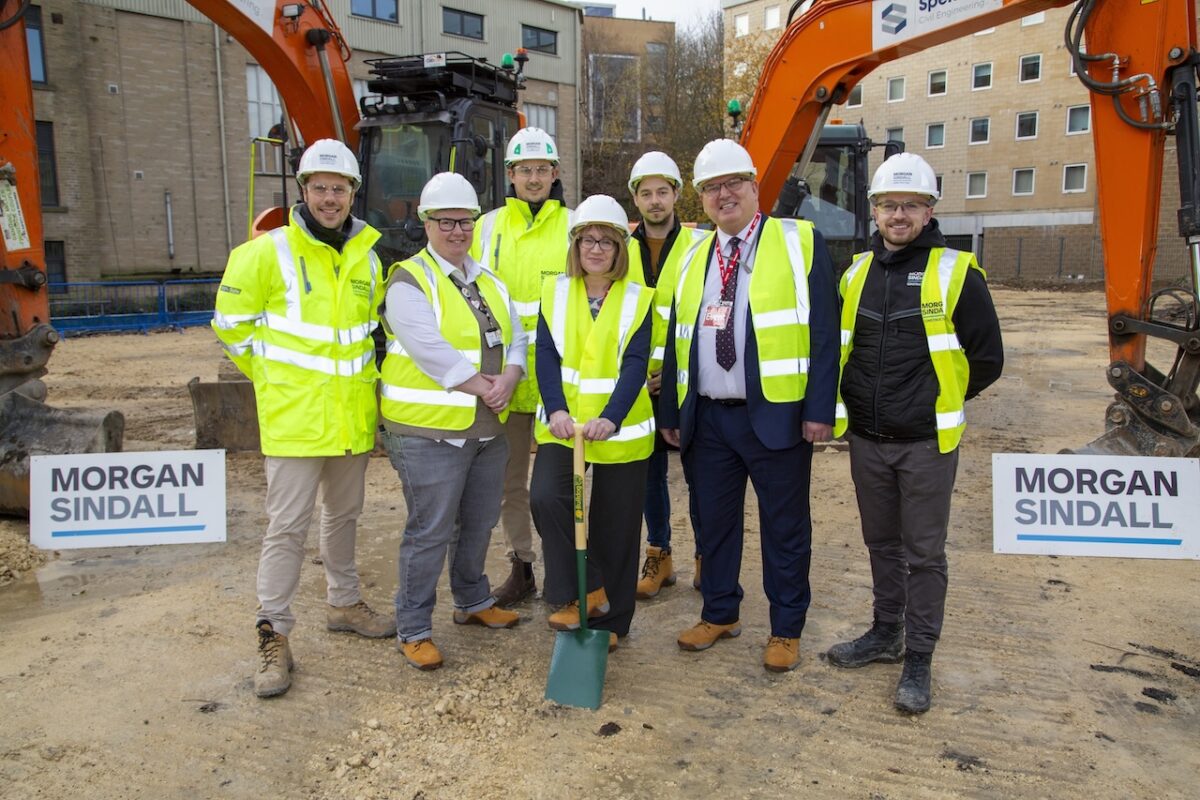

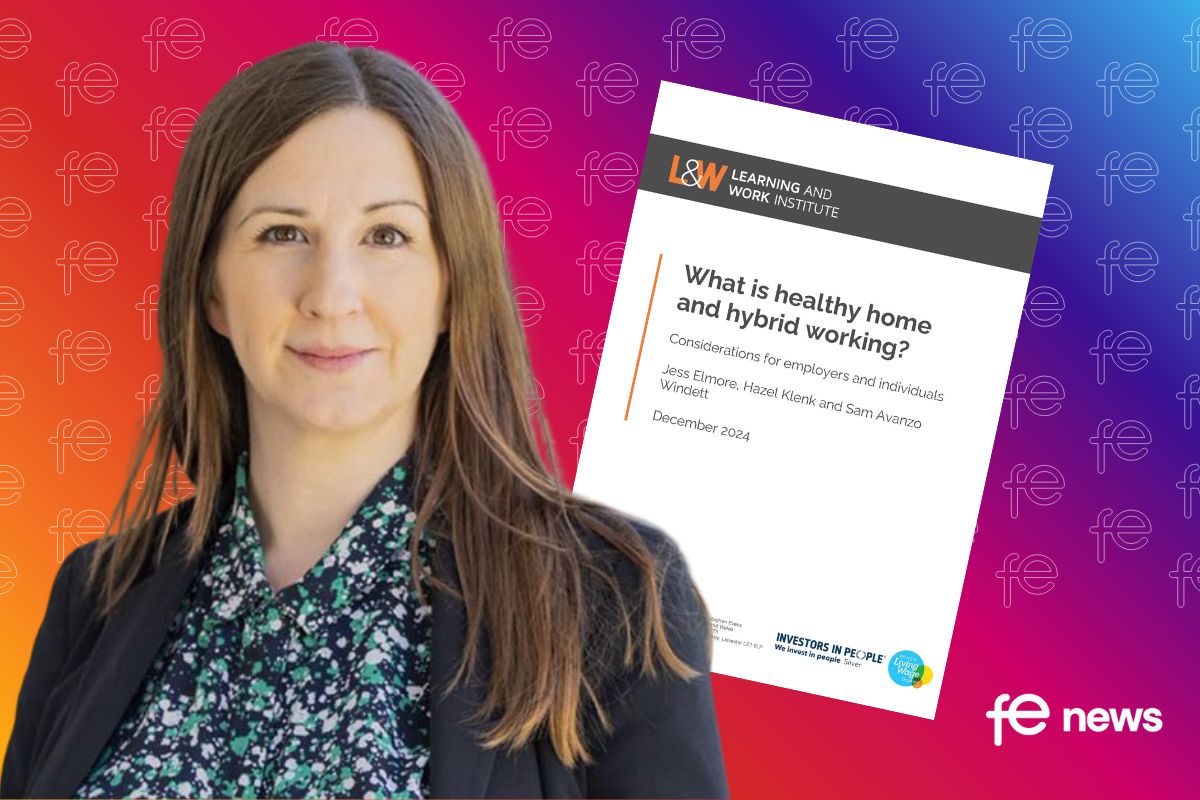
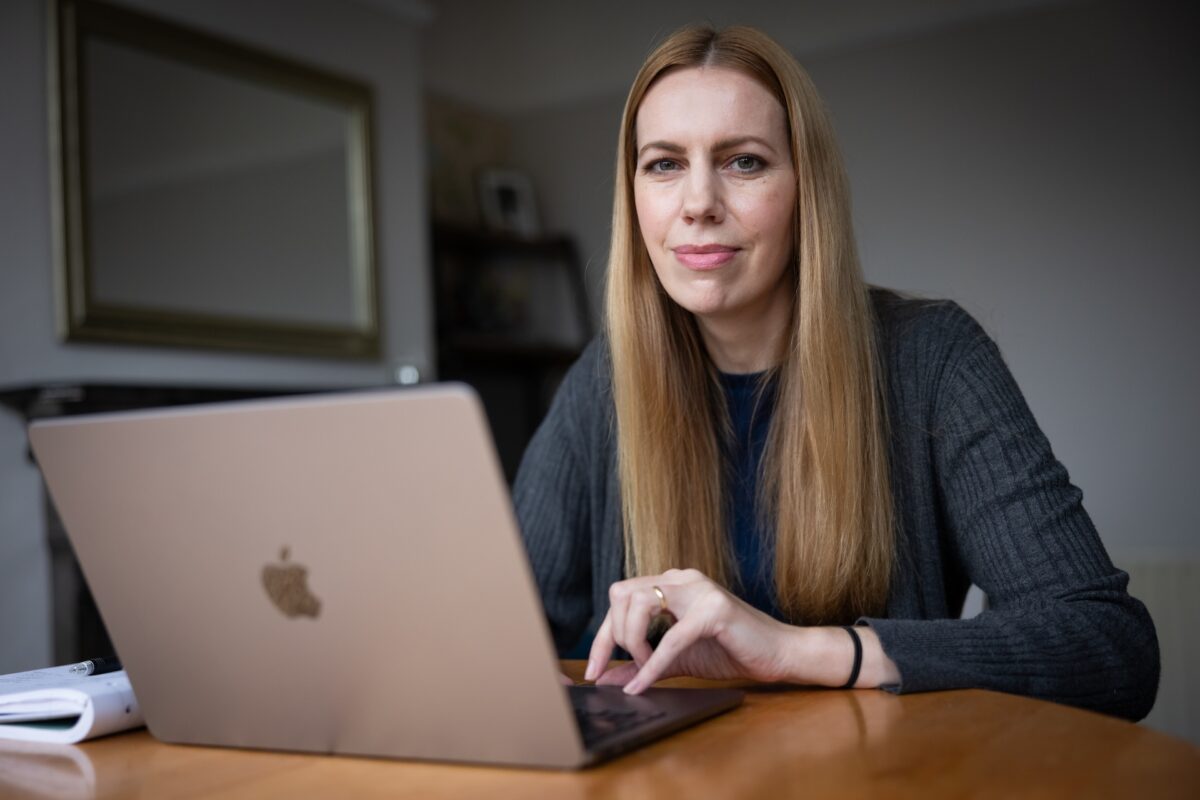
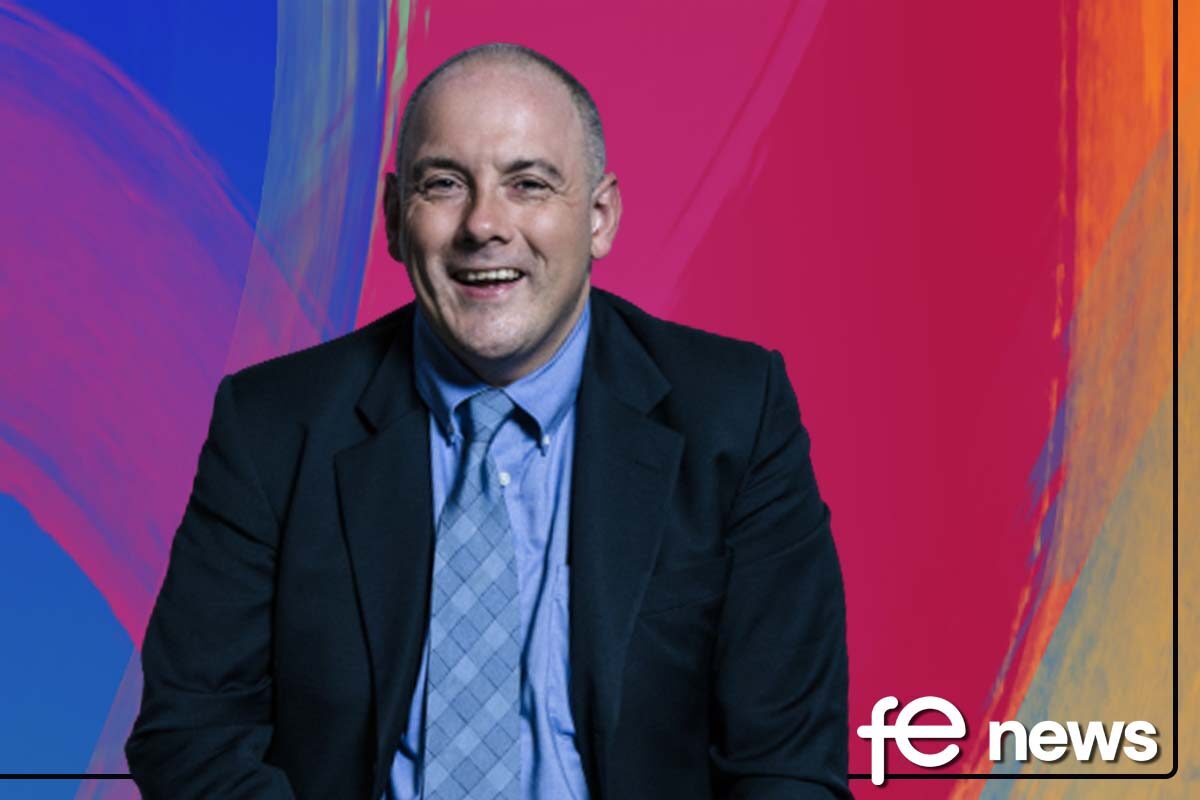
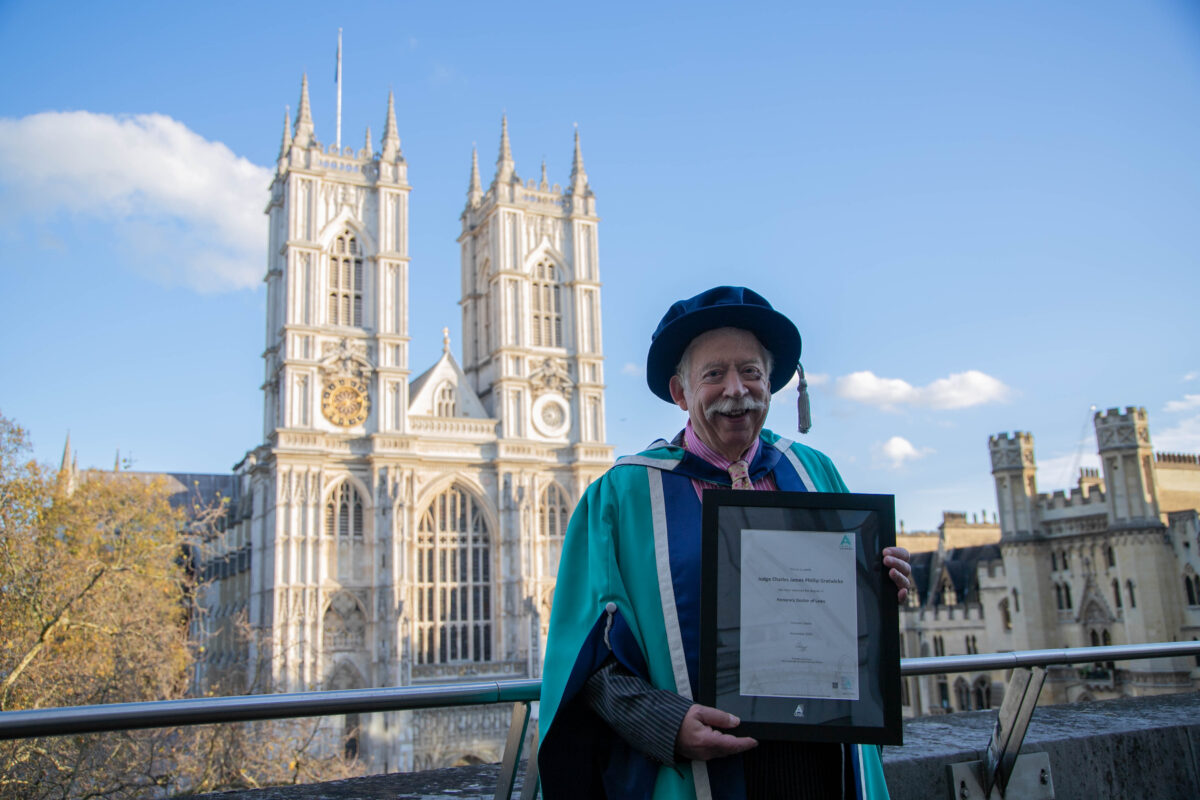
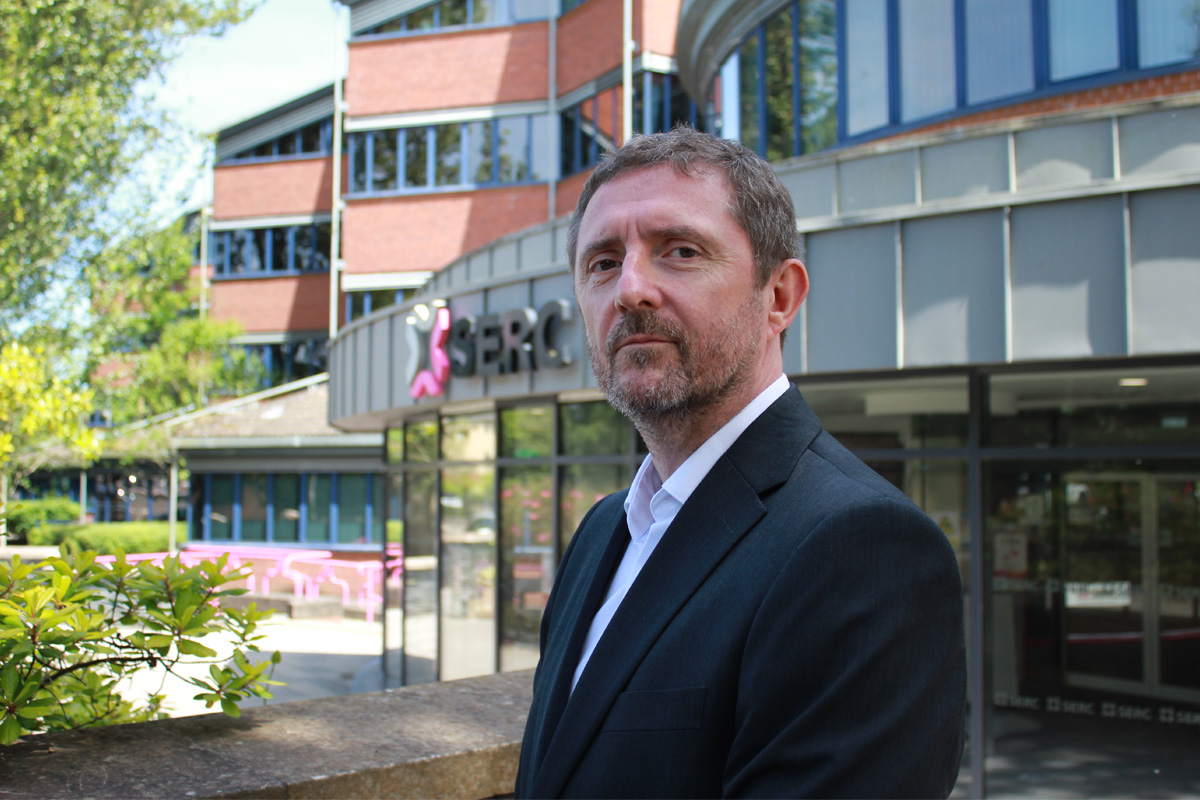
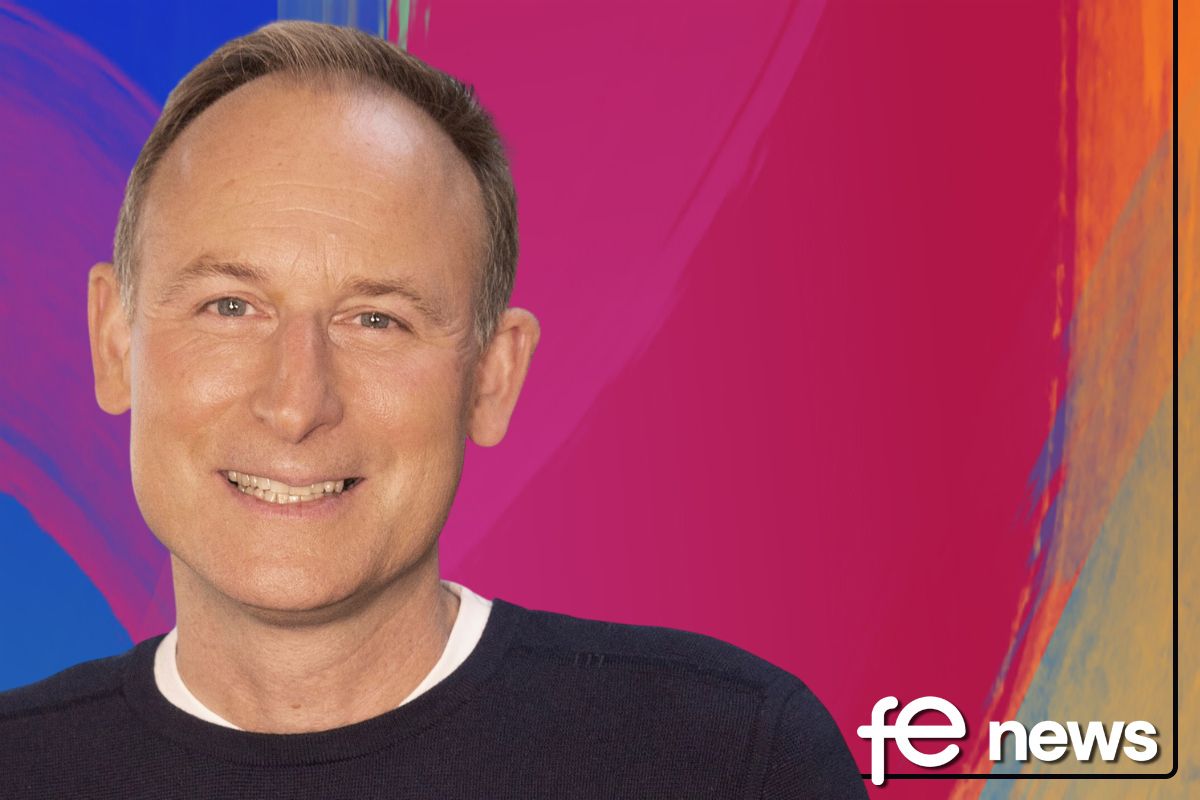
Responses